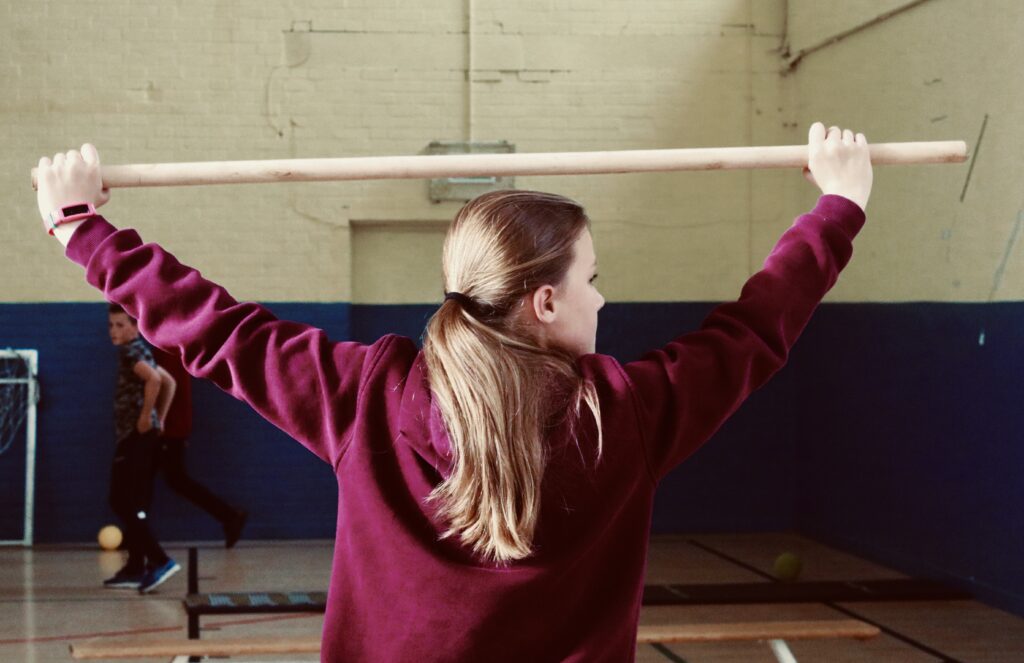
This post is based another question posed recently by a parent. To begin, any concerns around risk of injury (e.g., damage to growth plates) has now been put to bed. Instead, there is a substantial body of evidence supporting the benefits of strength training, including improved bone-mineral density, improved biomechanics (associated with a reduction in risk factors for injury), better motor skill performance, and improved psychological well-being. Another worthwhile consideration is that during jumping and landing actions (activity that is typical in many sports, as well as general physical activities) landing forces can equate to levels 5-7 times that of body weight. These are forces far in advance of those that would be experienced during appropriately structured strength-based training.
With concerns around the safety of youth strength training now out the way, the bigger question related to when children can lift weights is whether following a structured resistance training programme is a priority? If we are using a strict definition of children then we are referring to children that are pre-adolescence, who are capable of improved strength through changes to their nervous system. For these children, there is much room to get these positive changes through movement skills, using movement patterns requiring bodyweight-only. Moving in different planes of motion, and at different speeds, as well as holding different positions and postures, will stimulate improvements in strength. In addition, including speed, agility, and jumping and landing activities, will all contribute to improved athleticism. These activities should be made fun, while at the same time not losing sight of the purpose. At this stage, lifting weights is not a priority, movement is.
In adolescent populations, due to hormonal changes, there is more potential for muscular growth that occurs alongside changes to the nervous system in response to strength training. At this stage, therefore, strength training in the form of weight training, may receive greater attention through more focused training. However, the development of movement skills still remains important for the adolescent. Without the movement skills in place first, the teaching of effective strength training is a harder task.
The key takeaway then, is develop movement skills, and keep on developing them through both childhood and adolescence. Strength training is important and safe, but utilise weight training forms of strength training when there is a requirement to do so.
